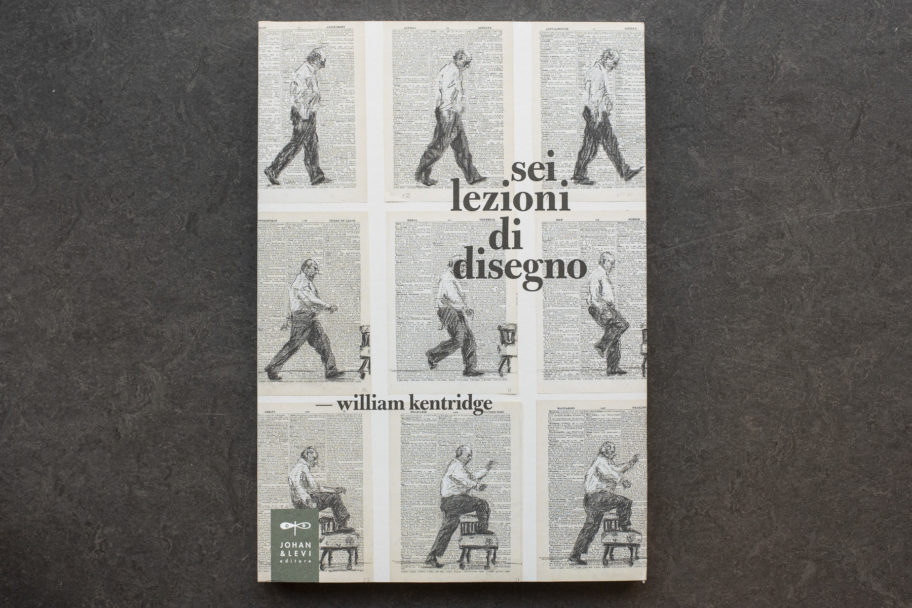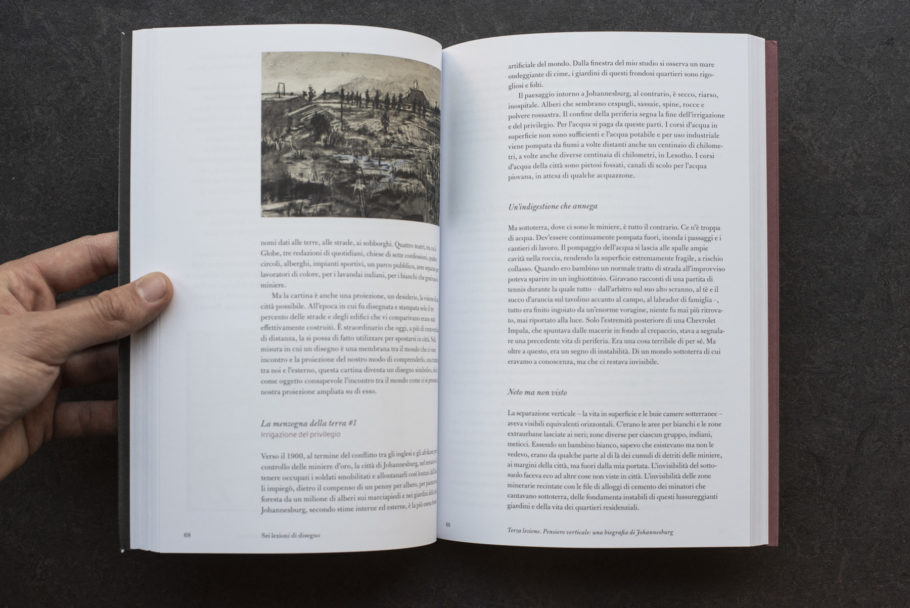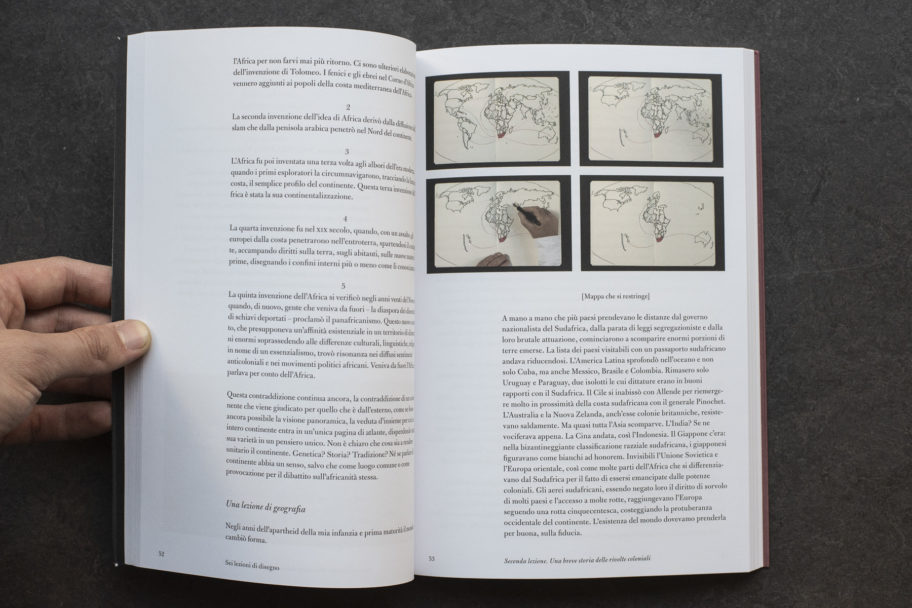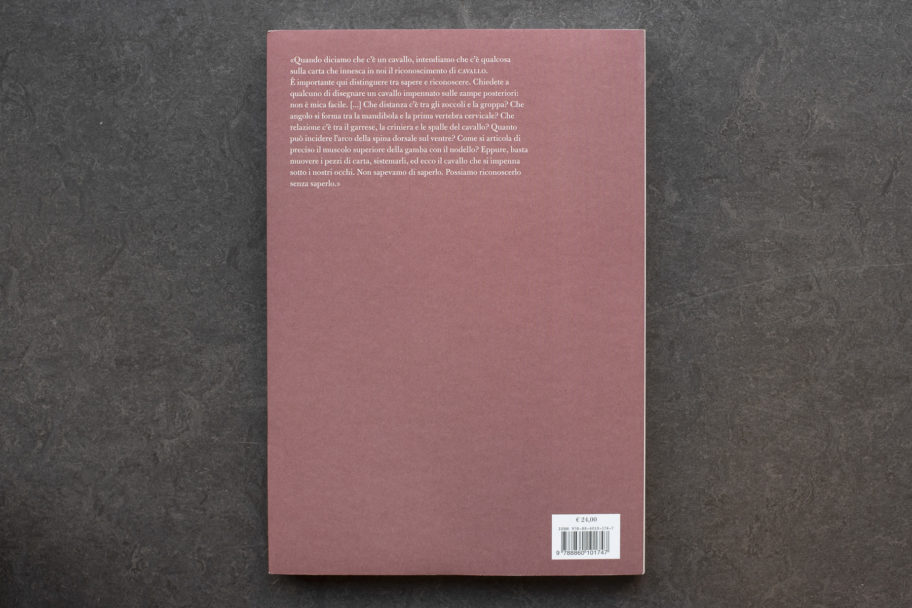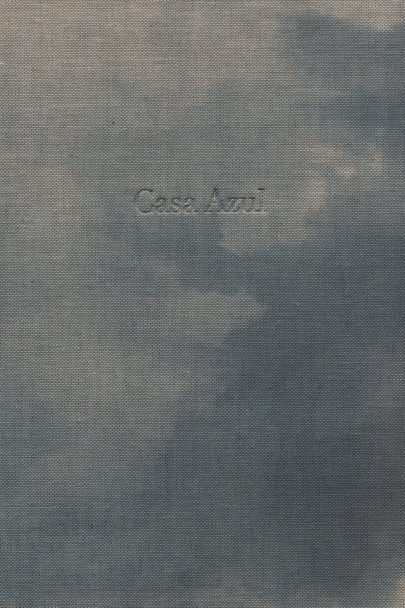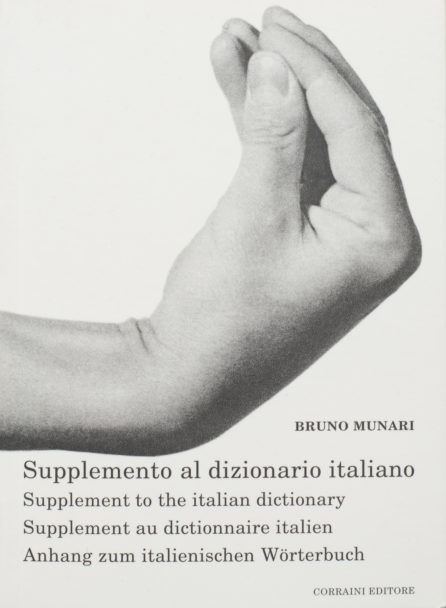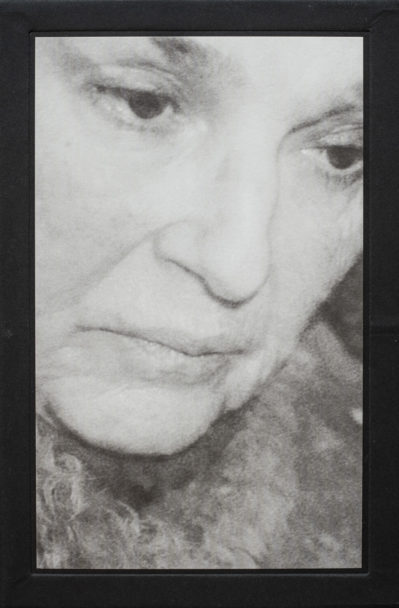
William Kentridge, SEI LEZIONI DI DISEGNO, 2016
24 Euro
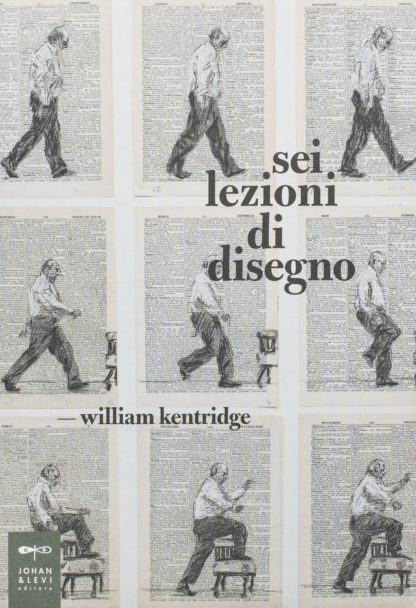
Out of stock
Art, says William Kentridge, is its own form of knowledge. It is not a simple integration of the real world, nor can it be considered only in the rational terms of classic academic disciplines. The studio is the crucial place for the creation of meaning: it is the place where linear thinking gives way to eye, hand, paper and charcoal, to the material processes that give creativity its vital spark. The act of drawing, of dirtying our hands, has the power to put us in touch with the most complex issues of our time.
Kentridge is very interested in how we attribute structure and meaning to the fluidity of experience: we strive to glimpse a familiar outline in the changing shapes of clouds and we assemble scraps of paper into a shape that is instantly recognizable to an onlooker. This powerful need for meaning – looking at a group of fragments and attributing a value to them, taking the fragments and composing an image – is present not only when looking at the shadows of things, but in everything we see, even in how we interpret the world of geography or politics. To show us the mechanisms – often illusory – by which we reconstruct meaning in the world, the author uses language and the instruments of logic to flesh out an idea as if they were paper and charcoal. He thus also adds practical notions to a discussion that ranges from Plato’s cave to the Enlightenment’s role in colonial oppression, from how optical instruments work to the depiction of animals in art, Kentridge’s Six Drawing Lessons is a compendium of his ideas about art, on making art and on the need to leave space for stupidity, that is both clever and light-hearted. He does not celebrate stupidity itself, but tells us it can hold more surprises than a studio full of good ideas.
William Kentridge
Johan&Levi
2016
160 pages, 16,5 x 24 cm
160 coloured illustrations
Italian
